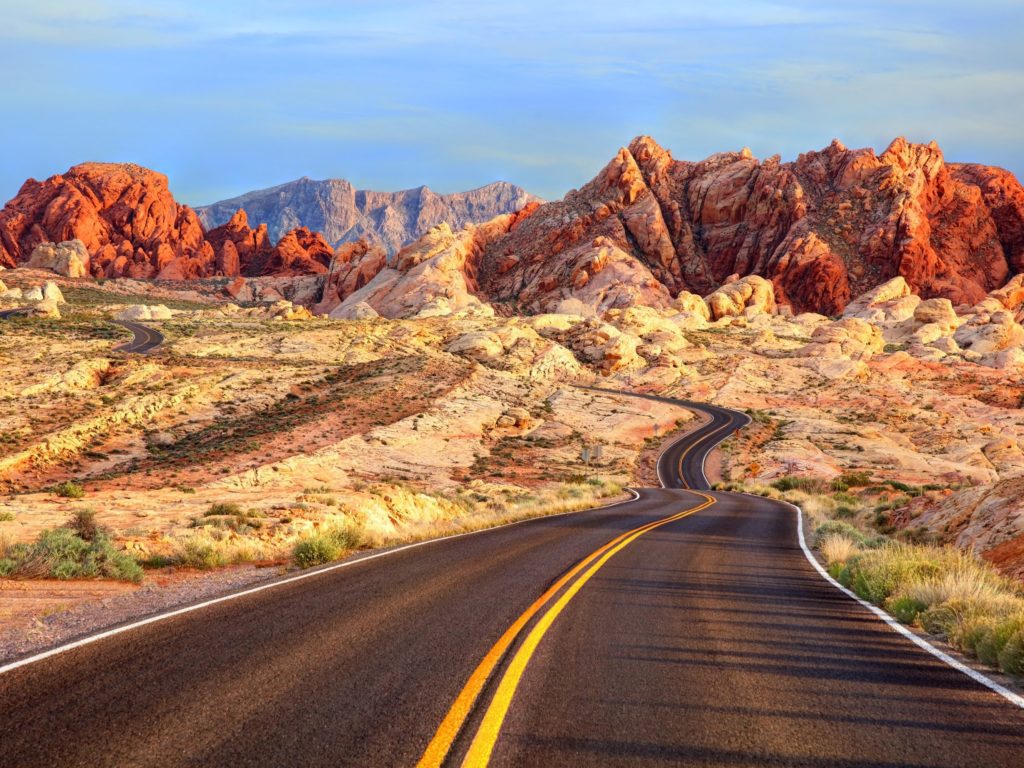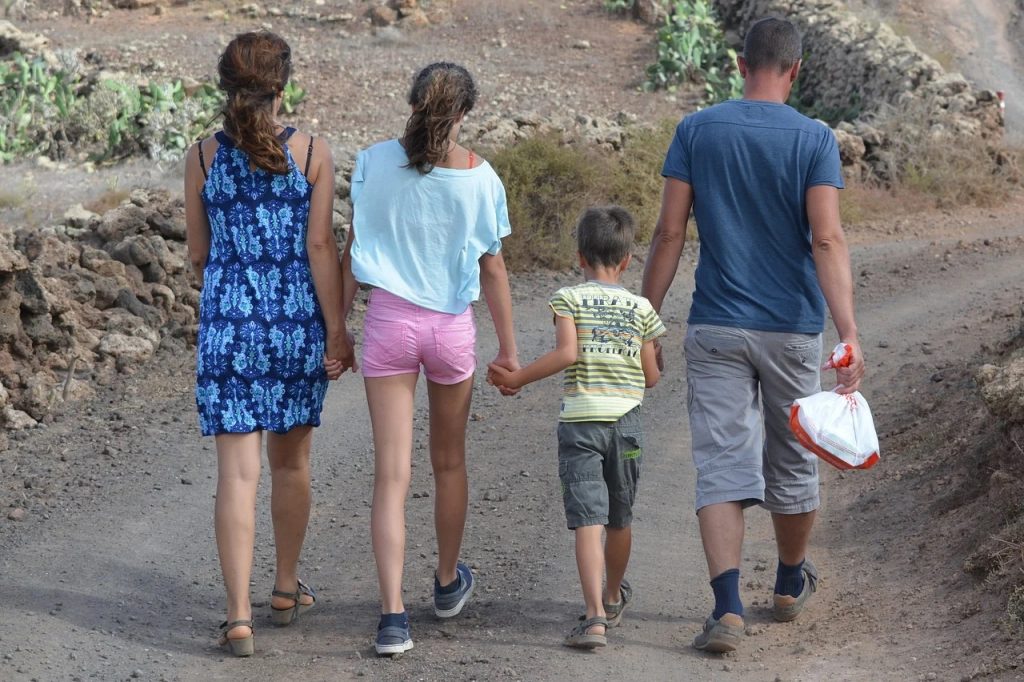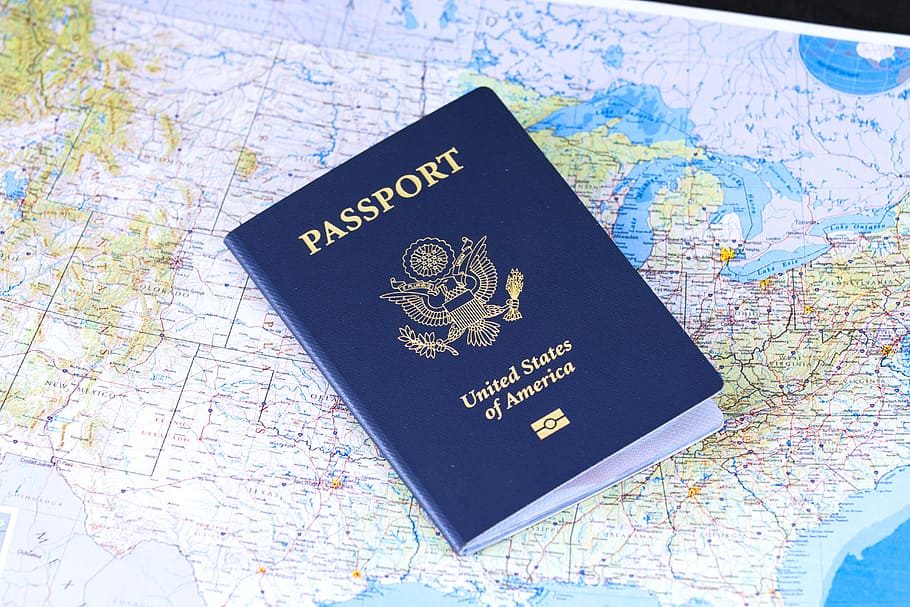With summer in full swing and COVID-19 rates still on the rise in the U.S., people are forgoing far-flung vacation spots and opting for road trips instead. Any traveling is risky right now, and it’s safest to simply stay home. That said, if you are hitting the road for a camping trip, a backyard barbecue, or another socially-distanced event, here are some tips for getting there germ-free.
1. PLAN YOUR ROUTE AHEAD OF TIME.
Even if you’re taking a route you know by heart, things may have changed since your last trip. Some states have updated their policies on in-person toll collection and food sales at rest areas, and the fast-food restaurants you normally use for bathroom breaks might only be open for drive-thru service. To minimize uncertainties—and extra time spent driving around in search of a bathroom—you should plan your route, stops included, before setting out.
2. AVOID HEADING TO STATES WITH HIGH COVID-19 RATES.
States like Florida and Texas have experienced drastic spikes in COVID-19 cases in the past few weeks, and some are dialling back their reopening plans to prevent things from getting worse. If your ideal beach or hiking trail is in a high-incidence state, it’s best to save that trip for next year and head somewhere less risky. And if your own state’s COVID-19 rates are high, you should consider postponing your trip until things calm down.
3. FIND OUT WHAT SAFETY PROTOCOLS ARE IN PLACE BEFORE YOU GO SOMEWHERE.
It’s also a good idea to verify beforehand that places are taking certain precautions to prevent the spread of COVID-19. Knowing that a state requires mandatory mask-wearing in public and prohibits large gatherings and indoor dining can help you decide if it’s safe enough for a visit. The same goes for hotels, restaurants, and other individual businesses.
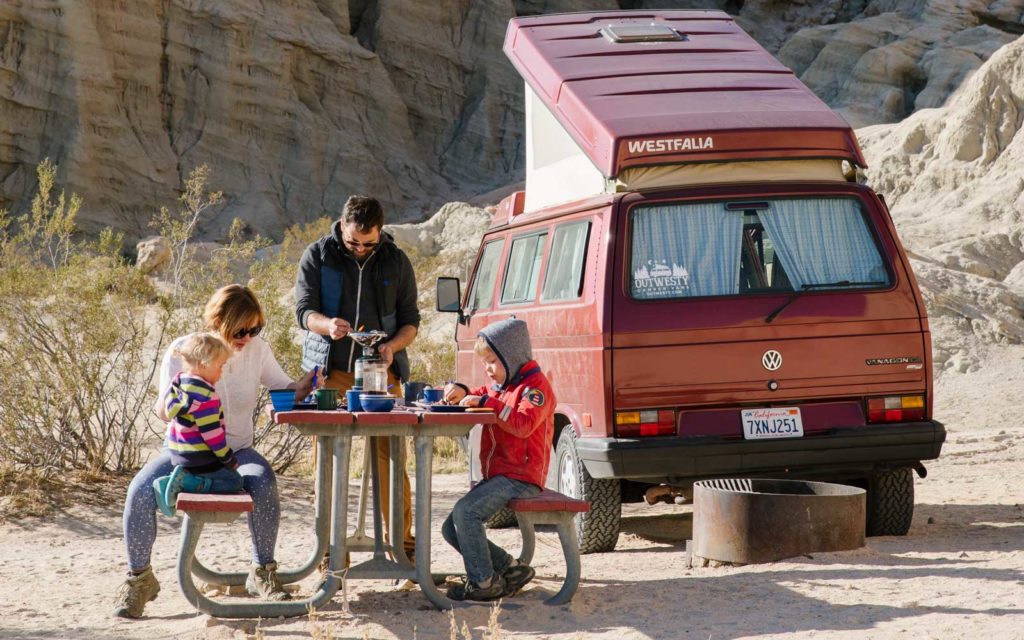
4. PACK TRAVEL KITS WITH SNACKS, SANITIZER, AND OTHER NECESSITIES.
An effective way to minimize contact with other people is to cut down on the number of stops you make along the way. Bring plenty of snacks and water—and maybe a thermos of coffee—in the car so you don’t have to pop into convenience stores and stick to restaurants with drive-thrus or takeout if you do need a heartier meal en route. Your travel kits should also contain plenty of hand sanitizer, sanitary wipes, extra masks, and disposable gloves so you can stay germ-free when you do stop.
5. OPT FOR PAPER TOWELS OVER HAND DRYERS IN PUBLIC RESTROOMS.
Since hand dryers can blow virus particles into the air, paper towels are your safest best. If you’re worried about encountering a rest stop that doesn’t stock its bathrooms with paper towels, you can always bring a few of your own. And when you leave the bathroom, use a paper towel to open the door to avoid touching it.
6. PAY WITH CREDIT OR DEBIT CARDS OVER CASH WHENEVER POSSIBLE.
Paper bills are a hotbed for germs and paying with cash also requires hand-to-hand exchanges with cashiers. AARP suggests using a credit or debit card for transactions whenever possible and be sure to regularly clean your card with a disinfectant wipe.
7. GIVE SURFACES A GOOD WIPE-DOWN BEFORE YOU SETTLE INTO YOUR HOTEL ROOM.
While many hotels have adopted more stringent cleaning policies in the past few months, you should still use those handy sanitary wipes on tabletops, counters, and basically anywhere else you plan to put your hands or your belongings. And it’s best not to linger in the lobby or other communal areas, since you don’t have control over how often they get cleaned.
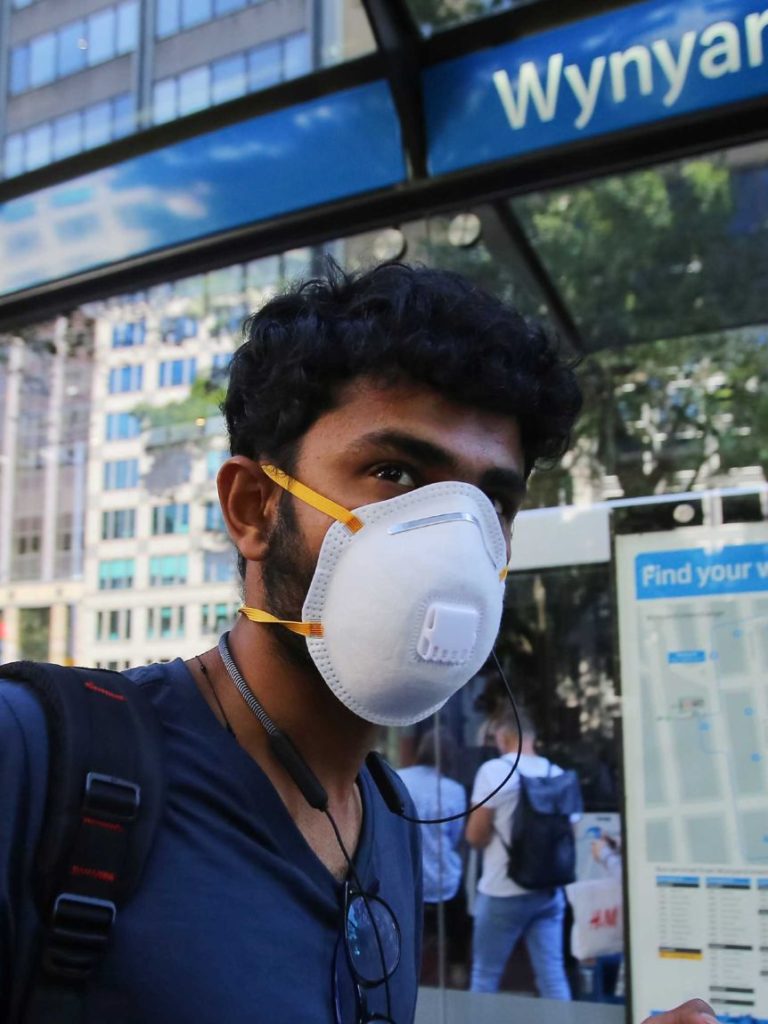
8. WEAR YOUR MASK AND WASH YOUR HANDS.
And, as always, stick to the two tenets of COVID-19 prevention. One: Wear your mask whenever you enter a public place (which includes outdoor locations that are too crowded to allow for social distancing). And two: Wash your hands regularly, especially after using the restroom or touching a gas pump or ATM.
We hope the tips outlined above help you make the most of your trip. Share your thoughts in the comments below.
